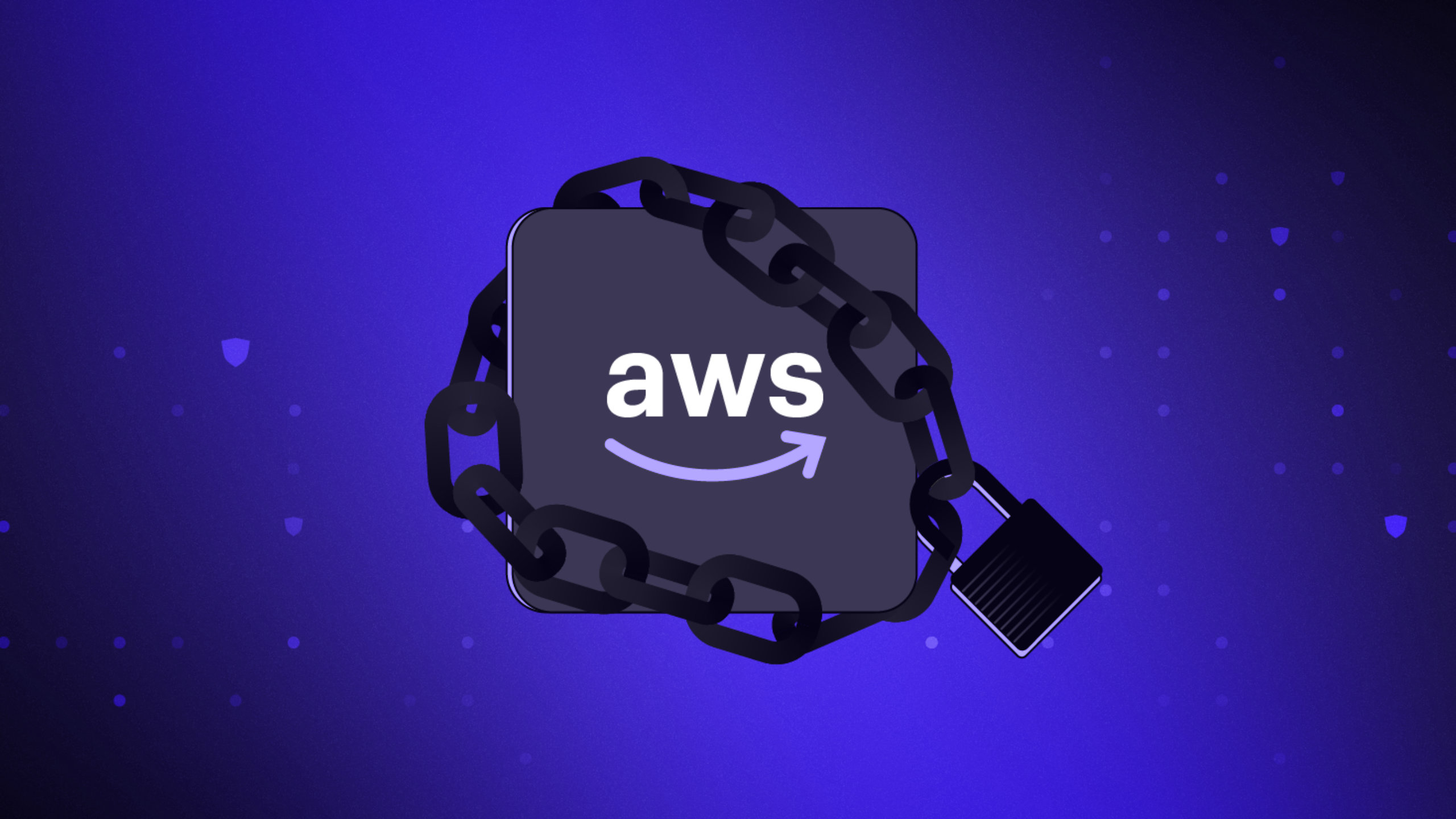Among the plethora of innovations that have surfaced in recent times, cloud computing stands out as a dominant force. When you dig deeper, you will find Amazon Web Services (AWS) at the forefront of this revolution. AWS has enabled organizations of all sizes to scale, innovate, and evolve rapidly in a competitive and dynamic business space. Yet, this potent innovation comes with a pressing concern: security.
As data breaches and cybersecurity threats continue to loom, it has become clear that a deep understanding of AWS security is no longer optional but necessary. This post will go through some required strategies to safeguard your organization and ensure the integrity, availability, and confidentiality of your most valuable digital assets.
#1 Safeguard data at rest with encryption
Encryption is no longer a simple requirement of regulatory bodies. It has become more of an additional security layer of defense for data at rest. When access control fails, encryption kicks in and safeguards your data from unauthorized access. Interestingly, AWS offers you the ability to add a layer of security to your data at rest across all the services, including Amazon S3, Amazon RDS, Amazon EBS, Amazon Redshift, Amazon AWS Lambda, Amazon SageMaker, and ElastiCache.
AWS also offers efficient key management solutions such as AWS Key Management Service. This service offers flexibility to choose whether AWS should manage the encryption keys or you have control over the keys. There is also the hardware-based key storage option using AWS CloudHSM.
Regardless of what service you use, you need to establish a robust encryption and key management system and ensure that the encrypted data and decryption keys are always stored separately.
#2 Secure data with regular backups
Sometimes, security breaches are unavoidable, and in many cases, the hacker will have malicious intentions, including key data removal and system disruptions. In such cases, the importance of data backup comes to the forefront. It ensures that you always have the means to restore any potentially lost information.
For effective data recovery, you have the AWS Backup solution. It is not only readily accessible on the Amazon EC2 free tier but also extends its capabilities to a wide range of services, including S3 buckets, EBS volumes, DynamoDB tables, and more. When you are inside the AWS console, you can set up automatic backup processes, establish backup policies and requirements, and subsequently apply these policies to other AWS resources through the built-in tagging system.
#3 Ensure all AWS systems remain updated
Like encryption, maintaining up-to-date patches on AWS cloud servers is mandatory. This is applicable even for servers that are not publicly accessible. When you neglect this critical activity, you are essentially leaving the cloud infrastructure vulnerable to a range of security threats. This will ultimately result in costly disruptions for your organization.
However, there are several options to streamline and simplify the patching process for AWS servers. The easiest way is to opt for third-party tools specifically designed for AWS server patching. Alternatively, you can use AWS Systems Manager Patch Manager. This is an easy-to-use solution for automating patch management across all cloud systems.
Tip: Staying updated with patches enhances your overall security posture and acts as a vital safeguard against potential security risks.
#4 Establish a Comprehensive Prevention and Response Strategy
When it comes to AWS security, prevention is always better than cure. However, achieving absolute protection against all forms of attacks is not practically possible. The threat landscape is constantly evolving, with hackers constantly finding new ways to circumvent existing security defenses.
This is where you need to have a comprehensive prevention and response strategy that encompasses contingencies for successful attacks. Without one, you will be ill-equipped to manage post-incident remediation. You might not even detect a breach until weeks or months later.
The faster you respond to a cyberattack, the easier it is to minimize the damage. A strong prevention and response strategy will ensure that you can quickly pinpoint the origin and nature of the breach, identify security vulnerabilities, and take corrective action before the situation escalates.
#5 Maintain logs
Maintaining logs of all activities within the AWS environment is important because logs serve not only as key tools for monitoring but also to ensure compliance with various cybersecurity frameworks. Logs are adept at detecting potentially malicious activities, especially when integrated with a Security Information and Event Management (SIEM) system.
In AWS, log collection and maintenance are typically achieved through CloudTrail. This robust service automatically records and retains all AWS API activity (Management Events) within your AWS account. CloudTrail can capture a wide array of events ranging from login activities to configuration modifications to AWS services.
Conclusion
While navigating AWS security’s complexities, remember that besides the wealth of resources and tools offered by the AWS ecosystem itself, you also have solutions like Cloudlytics to fortify your defense.
Cloudlytics offers comprehensive visibility into your AWS environment. It monitors your AWS resources for security threats and vulnerabilities and detects unauthorized access attempts, unusual behavior, and potential security breaches in real time. Request a demo now to learn more about Cloudlytics and how it can help.

